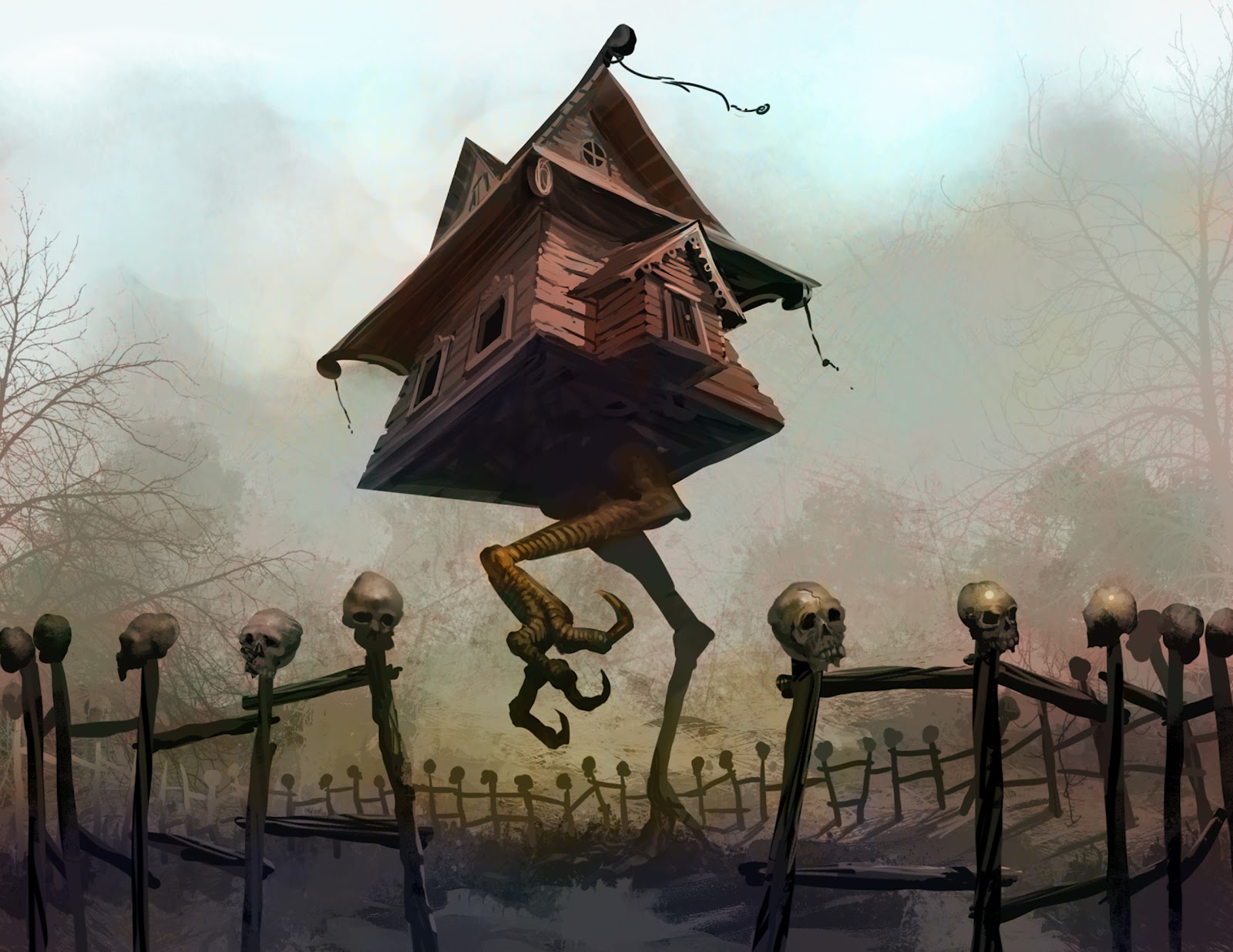Promenade
It's a kind of stately and sombre fanfare. Those first notes of the trumpet draw me in, they pull me in every time, they invite me to the exhibition. And I know that the exhibits will take me through many different moods before the piece ends.
It's a work that obsessed me when I was younger. I would never say that classical music is "my thing", but there were a few pieces that just made an impression, that stuck. And this was one: no, this was THE one. If I ever found a new and novel recording of this, I would buy it. If the Cape Town Symphony Orchestra was playing it, I would be there. Perhaps I liked the conceit of it: a suite made up of representational "programme" pieces. Or maybe it's a case of familiarity breeding affection. However it happened, the textures, the moods and melodies of this piece entered me, and now claim a place that feels beyond analysis. It's not "classical", it just is.
The origins of the piece can be found here: Wikipedia Link. We are wandering around an exhibition of paintings by Victor Hartmann, and his friend Mussorgsky decides to write ten pieces, inspired by ten pictures. But we also need to walk around the gallery, and for that we have the linking "Promenade" theme, as in the clip above, from Ravel's orchestration.
But this is a mutable work: Mussorgsky wrote it for piano and hearing that piano original astonished me, showed me how varied and versatile piano can be. So, we come to the first picture:
The Gnome
But I should come clean: this actually all started when at the age of 13, a copied cassette of Emerson Lake and Palmer's triumphant, arrogant, excessive (and yes, ok, pretentious) live album came into my hands and in the words of the day "blew my mind". I had never heard music like this before: I didn't know it existed. It was mad, chaotic, wild and stimulating. Keith Emerson was exploring an entirely new instrument in entirely new ways and it was utterly thrilling. And how daring to release new material as a live album!
 |
| Even the album cover was thrilling (the pictures blank on the outer cover, were revealed when you opened the gatefold - see below.) |
Promenade
And it wasn't all Keith's wild man antics on the keyboards. Greg Lake was in his prime too.
How young they were, how beautiful, how confident in their abilities. And that sweet melancholy song still evokes within me a yearning, a sense of lost beauty that does not diminish.
The Old Castle
But Keith wasn't the only one having fun with synthesisers. Synthesised instruments and sounds are now taken for granted, both ones imitative of real instruments, and invented, artificial tones and timbres. But in the early 70's we had never heard sounds such as these. We (I) more or less expected that no electronic instrument would ever sound like anything other than a succession of beeps.
But some knew better, and the adventurous ones were texturing these sounds, were layering them to provide depth and richness, both naturalistic and entirely unnatural. And no one did more, and at a very early stage of development, to show what sounds could be made, and how effectively and musically they could be used than Isao Tomita:
Wikipedia: "Tomita created ... polyphony as Carlos had done before him, with the use of multitrack recording, recording each voice of a piece one at a time, on a separate tape track, and then mixing the result to stereo or quad." A labour of love.
Promenade
Back to the gallery, and more promenading - and another Japanese musician.So, on to another picture.
Tuileries
And another:
Bydlo / Cattle
I've not chosen this one for the musical rendition, but I just love the use of graphics to animate and illuminate the music visually. And again, the mood shifts: very dark, very Russian.
And we're back to the:
Promenade
which leads straight into the outrageous:
Ballet of Unhatched Chicks in Their Shells
... which gives Tomita all the licence he needs to get playful.I think I have a special regard for those who create works of brilliance with just-emerging technology. As that technology matures, what took them hours of careful craft becomes a trivial exercise. I think that sometimes the importance of their struggles in the foothills can get lost in the looking-back from the heights that are later achieved. But perhaps those struggles result in something more thought-through, more cherished than can be created by those for whom it comes easy.
But now we move on to meet:
Samuel Goldenberg and Schmuyle
(Honorable mention for effort in the spirit of Keith Emerson and Tomita here.)
and once again we:
Promenade
... with a hint of the grandeur to come:
But first we visit:
The Market at Limoges
... with clarinet, bass clarinet, alto and tenor sax:
Before we descend into the:
Catacombs
also called "Cum Mortuis in Lingua Mortua" ("with the dead in a dead language" - see what I mean about mood changes?)But we're into the glorious home stretch now: from melancholy to mania, in the form of:
The Hut on Fowl's legs
And we're back with Tomita at full stretch (the textures he pulls out of his primitive electronics still make the hairs on the back of my neck stand up):The Great Gate of Kiev

"Our reasons are lost in our rhymes."



